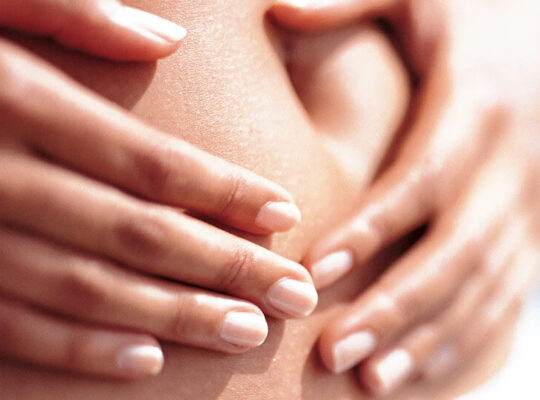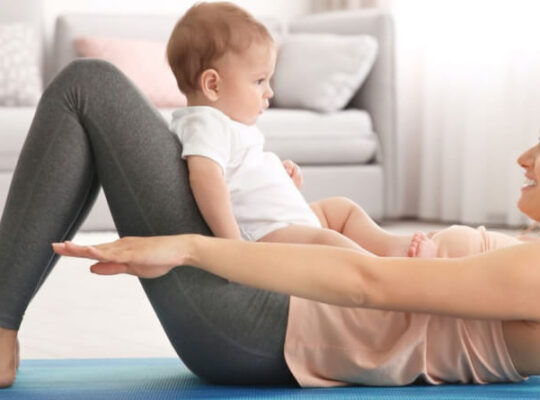Your Core and Pelvic Floor Function
There are two components to “your core muscles.” You have your “inner core” layer which refers to a group of deep muscles that support and stabilize the trunk and pelvis. You can envision this as a closed canister, made up of the pelvic floor (bottom), diaphragm (top), transverse abdominis (front), and the multifidus (back). The “outer core” is comprised of muscles that you may be more familiar with and can easily feel contract, such as the obliques, lats, and the gluts. The rectus abdominus and spinal muscles also fall into this category. They respond to more everyday global movements, such as with lifting, bending, walking etc.
The pelvic floor muscles hold up the bladder, uterus, and rectum, maintains urinary and bowel continence, and aids in sexual function. These muscles resemble a sling that attach to the pelvic bowl. They contract/ relax opposite to the diaphragm’s function. When you take a deep breath in, the dome shaped diaphragm will flatten downward and the pelvic floor will relax and lengthen. Because the inner core muscles are deep, they all work as a unit. When you exhale deeply, you will feel a lift in the pelvic floor and tension in the lower abdomen (transverse muscle).
Injury or trauma to the pelvic floor will lead to pelvic floor dysfunction, which alter the pelvic floor’s ability to contract and relax as it normally should. This can also disrupt the pelvic floor’s connection to the other deep muscles in your trunk. A diastasis recti (abdominal separation) from pregnancy, cesarean, or perineal scarring postpartum will affect the trunk canister, leading to back/ pelvic pain, abdominal weakness, prolapse, and urinary incontinence.
From a rehabilitative approach to strengthening your core postpartum or from other reasons causing pelvic floor dysfunction, it is important to seek pelvic floor physical therapy for proper treatment. Kegels can help in some instances, but is not appropriate in the beginning for every pelvic floor condition. A comprehensive program promoting flexibility, strengthening, internal and external manual therapy, breathing, and specific training of the pelvic floor and transverse muscles are crucial.
Reach me if I can answer any questions on physical therapy, serving you locally in New York City or anywhere online virtually through “telehealth“.
Sign up for Pelvic Health and Wellness Tips






